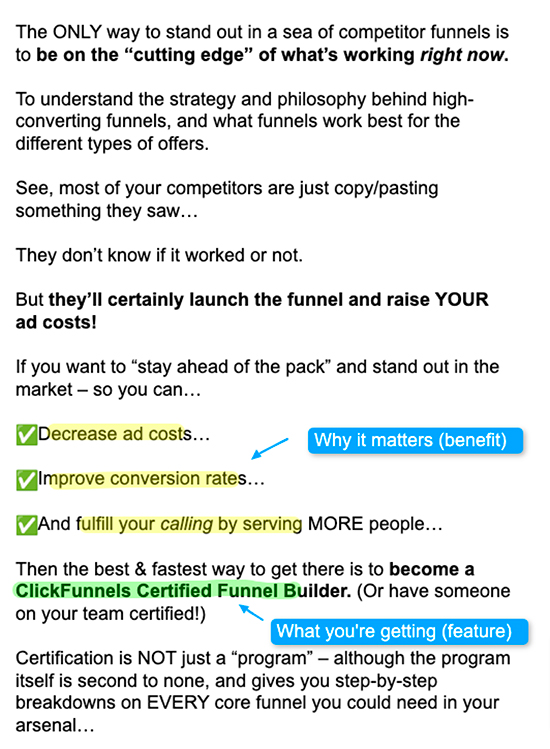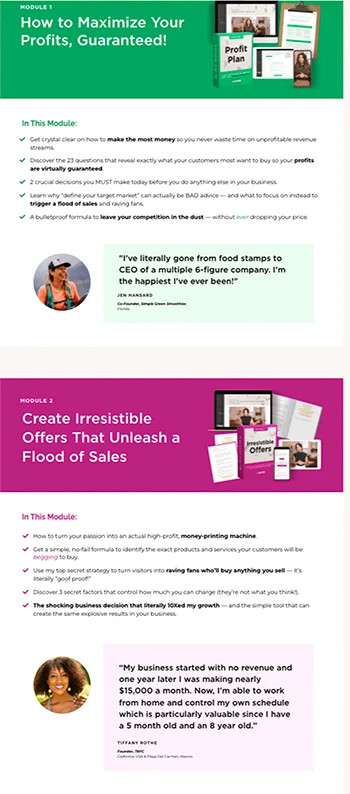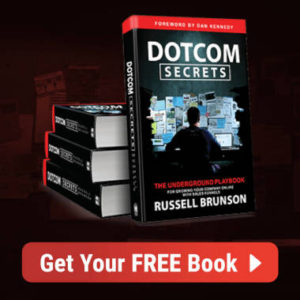Free
5 Essential Copywriting Principles for Writing Copy That Converts
Do you know what are the Copywriting Principles? Are you tired of writing copy that falls flat and fails to get results? It’s time to master the art of persuasive copywriting. Discover the proven principles that will help you capture your audience’s attention and inspire them to take action.
In this guide, we’ll break down the strategies that successful copywriters use to create high-converting copy. Whether you’re writing emails, sales letters, or advertisements, these principles will help you craft a compelling message every time.
Principle #1: Connect with Your Audience

Remember, you’re speaking to one person at a time, even if your message reaches a large audience. Personalize your copy by using language that makes your reader feel like you’re speaking directly to them. Ask questions that engage and connect with them on a personal level. By making your message feel tailor-made for each reader, you’ll create a stronger bond and increase the likelihood of conversion.
Principle #2: Highlight the Benefits

People are inherently self-focused. Instead of focusing on the features of your product or service, highlight the benefits they will receive. Ask yourself, “How does this help the user? What problem does it solve or advantage does it offer?” Prioritize benefits over features in your copy and explain why those features matter to your reader. By demonstrating the value they will gain, you’ll motivate them to take action.
Let’s take a look at an example:
Before: “Our fitness tracker comes with a 24-hour heart rate monitor, sleep tracking, and a 10-day battery life.”
After: “Monitor your health around the clock, enjoy peace of mind knowing your heart’s well-being, achieve better sleep with personalized insights, and forget frequent battery changes with a battery that lasts up to 10 full days.”
By emphasizing the benefits, you’re showing your audience what’s in it for them and why they should care.
Master these copywriting principles, and you’ll be well on your way to writing compelling, persuasive copy that converts. Start using these strategies today, and watch your marketing efforts soar.
Principle #3: Social Proof

Once you’ve honed in on your target customer and highlighted the benefits of your offer, it’s time to leverage social proof.
To establish trust and credibility, show your audience that others like them (or people they admire) trust you too. When they see that others have bought and benefited from your offering, it creates a sense of reassurance.
Social proof can take many forms, such as testimonials, press endorsements, user numbers, reviews, and case studies. By including these elements on your page, you provide tangible proof that others have experienced the value of your offer, encouraging more people to take action.
Take a look at this example:
See how testimonials are strategically placed throughout the message? Each testimonial directly supports the section of copy that follows it. This adds credibility and reinforces the benefits mentioned in the copy.
Remember, social proof is not just about adding a few quotes here and there. It should be seamlessly integrated into your online assets, particularly on landing and sales pages. Unsure where to start? ClickFunnels templates are the perfect tool to help you implement social proof effectively.
One of the best tools available is ClickFunnels templates.
These templates are designed with conversions in mind, catering to non-designers and programmers like you. With just a few clicks, you can incorporate your social proof into the template, streamlining the creation of landing and sales pages.
Not only are these templates visually appealing, but they also help establish trust and drive action. Choose from a variety of templates that align with your goals and fully customize them to reflect your brand.
Struggling with page design or want to ensure you’re using the right principles in the right places? Click here to try ClickFunnels 2.0 and unleash the power of top-notch copywriting.
Principle #4: Urgency
This principle is all about prompting immediate action.
Urgency simplifies the decision-making process, preventing people from overthinking and encouraging them to act now.
By creating a sense of scarcity or limited availability, you can effectively implement urgency in your copy. Consider using words like “now,” “today,” “hurry,” “last chance,” and “ending soon” to convey the need for immediate action.
However, it’s crucial to ensure that your urgency is genuine and not perceived as manipulative. If your audience senses insincerity, it can harm your credibility and discourage them from taking action.
Check out these examples to see how legitimate urgency can be incorporated into your copy:
See how the Limited Offer grabs attention right away in the first example? To make it even more compelling, you could explain why the offer is limited, further legitimizing the urgency.
Take a look at this example to see the power of explanation:
By explaining the reasons behind the time constraint, you provide additional validity to the urgency. In this email, the readers understand that the deal will close in just two hours, and they won’t have another chance to buy the product until 2024.
If someone was hesitant about their purchase decision, this sense of urgency can push them off the fence and into action.

So, remember to incorporate genuine urgency into your copywriting to prompt immediate action from your audience.
Principle #5: Scarcity
When it comes to convincing people to take action, scarcity is your secret weapon. But it’s important to use it the right way.
If you misuse scarcity, it can make your audience feel manipulated and push them away from your offer. But when used properly, scarcity can make your product or service more desirable by triggering a fear of missing out.
Limited quantities and limited time are common strategies that create a sense of scarcity in your copywriting. Take a look at this example:
Limited quantities available – act now!
But remember, only use scarcity if it’s truly applicable. Don’t say something is limited if it’s not. That will only damage your trust with your audience.
Consider getting creative in showing how your offer may have some limits, or actually make it limited to be honest in your use of scarcity.
Here’s another example of scarcity: offering exclusive access to your offer.
To help you better understand how to use scarcity effectively, here’s an example of a message before and after using this principle:
Before: “Tickets for our annual tech conference are now on sale.”
After: “Hurry! Early bird tickets for our tech conference are running out. Don’t miss your chance for discounted access.”
Using scarcity in your message, as long as it’s truthful, can significantly boost your conversion rates. It’s one of the best copywriting principles you can employ.
Incorporate these proven-to-convert principles into your copy and watch your readers take action. Whether it’s subscribing, downloading, purchasing, or supporting an idea, make sure each piece of copy you write has these principles baked in.
And for an even easier way to build and design your pages, sign up for your free ClickFunnels 2.0 trial now.
>>>Join The One Funnel Away Challenge<<<





























